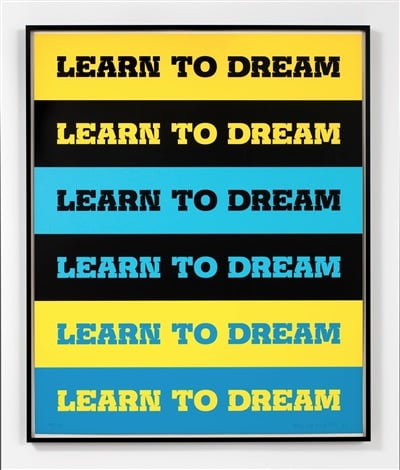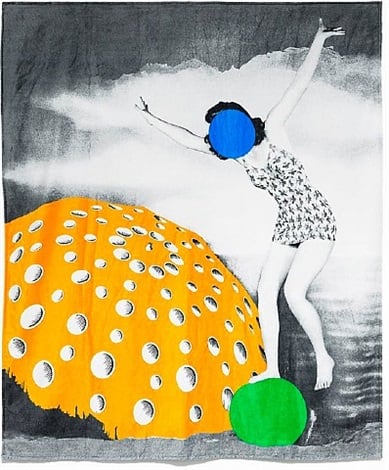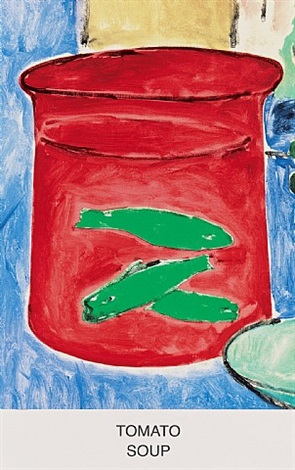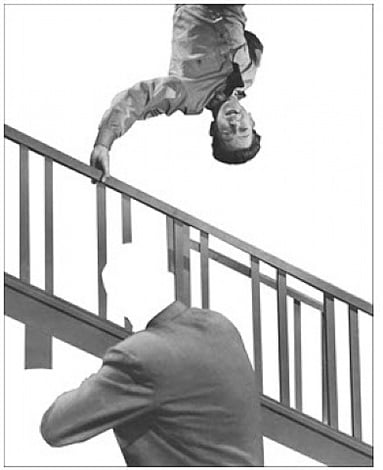Art World
What Do You Need to Know About John Baldessari?
He will no longer make boring art, for one.

He will no longer make boring art, for one.

Amah-Rose Abrams

Known as the Godfather of conceptual art, John Baldessari has shaped contemporary art as we know it.
Prolific as he is respected, Baldessari has taken part in over 1,000 group shows and 200 solo exhibitions throughout his career. Despite his seniority, his work retains a freshness and relevance that many younger artists struggle to match. Among those who cite him as an influence are Barbara Kruger, Cindy Sherman, and David Salle. Unlike some of his contemporaries, he is not afraid of new media, having recently developed an iPhone app, created designs for credit cards, and made purely digital works. His open and facilitating attitude towards making and teaching art has credited him with shaping the art scene in California.
Now represented by Marian Goodman Gallery, Baldessari is also responsible for the way many artists use appropriation in their work today. He is regarded as a giant of contemporary art, but how did he get to where is today?

John Baldessari Leg, Straw, Diver (1986)
Photo: courtesy Jim Kempner Fine Art
Born in 1931 in National City, California—which had absolutely no art scene to speak of—he first began by creating text works, which were simply words painted onto canvas. He started with hand-painted, rhetorical phrases, such as Suppose it is true after all? WHAT THEN? (1967), but what a young Baldessari was trying to achieve was to objectify language itself. It therefore made sense to print the words rather than to paint them, removing his hand entirely. A TWO-DIMENSIONAL SURFACE WITHOUT ANY ARTICULATION IS A DEAD EXPERIENCE (1967) was the resulting work, and set Baldessari on a path conceptual humor he would pursue throughout his career.
He studied art in his native California, including at the Otis Art Institute, the University of California, and San Diego State College, and he remains living in California to this day. His practice includes image appropriation, collage, painting, photography, and film. Perhaps his most well-known motif is the placing of a colored circle over a photograph, or more specifically over the head of someone in an image. He has said himself that he thinks that in the future he will be best remembered as the man who ‘put dots over people’s faces.’
As a young married father during the 1960s, Baldessari taught in schools and colleges in the area in which he lived.

John Baldessari beach/bath towel (designed 2011)
Photo: courtesy Art Editions
“I always had this idea that doing art was just a masturbatory activity, and didn’t really help anybody. I was teaching kids in the California Youth Authority, an honor camp where they send kids instead of sending them to prison. One kid came to me one day and asked if I would open up the arts and crafts building at night so they could work,” Baldessari told artnet in 2004. “I said, ‘If all of you guys will cool it in the classes, then I’ll baby-sit you.’ Worked like a charm. Here were these kids that had no values I could embrace, that cared about art more than I. So, I said, ‘Well, I guess art has some function in society,’ and I haven’t gotten beyond that yet, but it was enough to convince me that art did some good somehow. I just needed a reason that wasn’t all about myself.”
He would go on to teach art throughout his life, ending up at CalArts from 1970 through 1986 and then at UCLA until 2008.

john Baldessari Eight Soups: Tomato Soup (2012)
Photo: courtesy Richard Levy Gallery
Baldessari is also thought of as a Surrealist, due to the juxtaposition of text, images, painting, and collage in his work and the palpable sense of fun and humor it contains. His work Painting for Kubler (1967–68), which gave detailed instructions on why it can’t be looked at without being viewed in terms of all the paintings that have come before it, stripped the words of their meaning. He also published a book of deliberately “bad” photographs during this time, simply titled WRONG. Overall, his work remains both accessible and conceptual.
In 1970, Baldessari abruptly cremated everything he had made before 1967—dramatically stating he would not be making any more boring art!—and kept the ashes in an urn that looks like a leather-bound book. A year later, he made his first print I Will Not Make Any More Boring Art (1971), which is also a film in which he wrote this phrase over and over until the tape ran out. This year was also when he began to making films and performance work, such as singing Sol LeWitt’s 35 statements on conceptual art to the tune of popular songs of the day.

John Baldessari Stairway, Coat and Person (2011)
Photo: courtesy Richard Levy Gallery
“I go back and forth between wanting to be abundantly simple and maddeningly complex,” he told David Salle in Interview Magazine in 2013.”I always compare what I do to the work of a mystery writer—like, you don’t want to know the end of the book right away. What a good writer does is give you false clues. You go here, no, that’s not right; you go here, no, that’s not right, and then … I much prefer that kind of game. But then you get tired of yourself and you just want to be forthright.”
Baldessari’s first retrospective took place in 1981 at the MoMA, and since then he has had retrospectives at MOCO, The Hirshhorn Museum and Sculpture Garden, the Whitney Museum, and the Metropolitan Museum of Art. “Pure Beauty” opened at Tate Modern in 2009, and went on to travel to Barcelona’s MACBA, LACMA and the Metropolitan Museum of Art. He has also received numerous awards, including the Golden Lion Lifetime Achievement award at the 53rd Venice Bienniale.
Creative, fun, and cerebral, Baldessari’s art is refreshing, engaging, and has influenced generations of artists. Maybe it’s that simple—what more do you need to know?